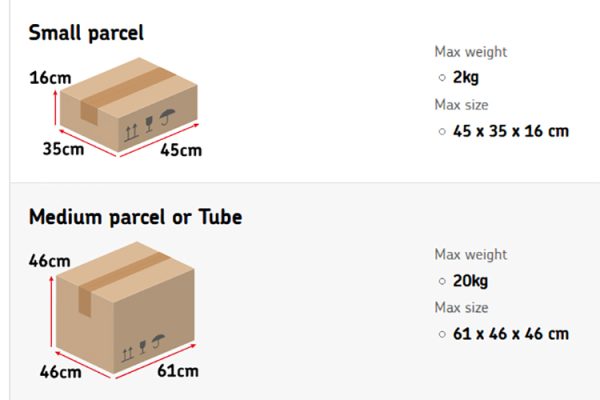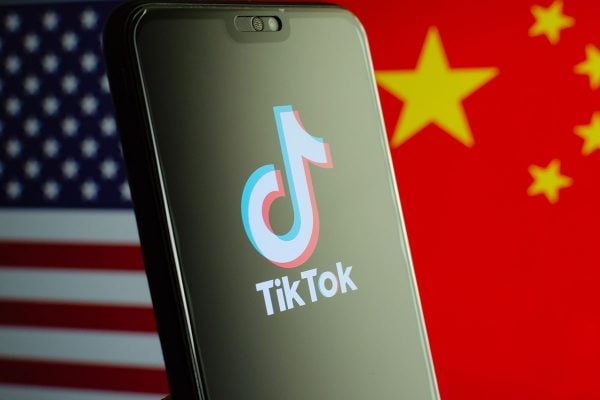 Research by electrical comparison website Kagoo has proven buying your TV between 3am and 8am means you’re more likely to find your TV is 8% cheaper than if you bought it later the same day. The early bird catches the best deals, with shoppers saving £80 by simply timing their purchase right.
Research by electrical comparison website Kagoo has proven buying your TV between 3am and 8am means you’re more likely to find your TV is 8% cheaper than if you bought it later the same day. The early bird catches the best deals, with shoppers saving £80 by simply timing their purchase right.
Prices can change significantly throughout the day
Kagoo analysed price movements of 1,848 TVs sold in the UK between May – August 2016 and discovered that the biggest savings can be found between 7am and 9am in morning, on average 10%. Prices are less like to drop during late afternoons and evenings between 5pm and 8pm.The worst time of the day to buy your TV is between 2pm and 5pm with an average of only 4% saving if the price is reduced.
The frequency of price drops increases later in the week
Thursdays and Fridays are by far the best time to purchase a TV online with 18% of the week’s total price drops happening on those days. Only half as many price drops (9%) occur on Mondays.
Thomas Karcher, co-founder of Kagoo comments; “We expect to see more and more retailers adjusting their prices several times a day as they compete for customers and try to gain an edge over their competitors. There are bargains to be had but you need to time it right and act quickly before prices rise again. The easiest way to get the best deal without having to set your alarm at 3am every day for a week is to set up a price alert and you’ll be sent an email as soon as the price changes.”
Why do prices change so frequently?
Online retailers are increasingly switching to a dynamic pricing strategy, which allows them to change prices in real-time in response to supply, demand and competitor’s prices. This allows retailers to increase sales during periods of low demand and to increase profits during periods of strong sales.
Many retailers are starting to sell via the Amazon and eBay marketplaces in addition to their own website. Retailers selling through Amazon Marketplace compete aggressively with each other to be featured at the top of the “Buy box”.
Independent retailers often list products where they have only a few units left in stock at large discounts. The drop in price will only last for a short time until the product is sold out and the price will then increase again.








